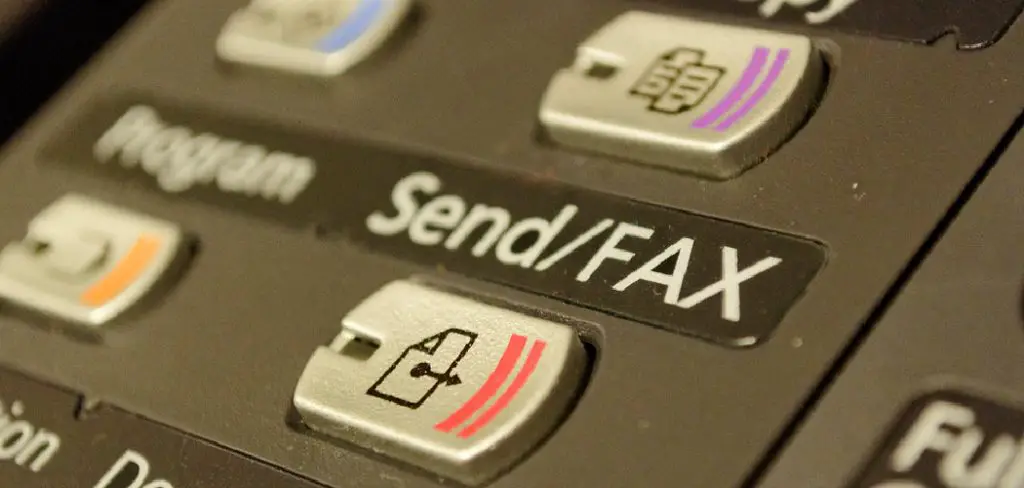Faxing a check can be a necessary solution in various situations, such as urgent payments or when electronic transactions are not an option. However, doing so safely is crucial to prevent fraud and ensure that sensitive information is transmitted securely. It’s essential to understand the steps involved in how to fax a check effectively, as improper handling can lead to potential misuse of personal and financial details.
This article provides an overview of the process, starting from preparing the check for faxing to verifying that the intended recipient has successfully received it. By adhering to best practices throughout this process, individuals can minimize risks and increase the likelihood of completing their transactions safely and effectively.
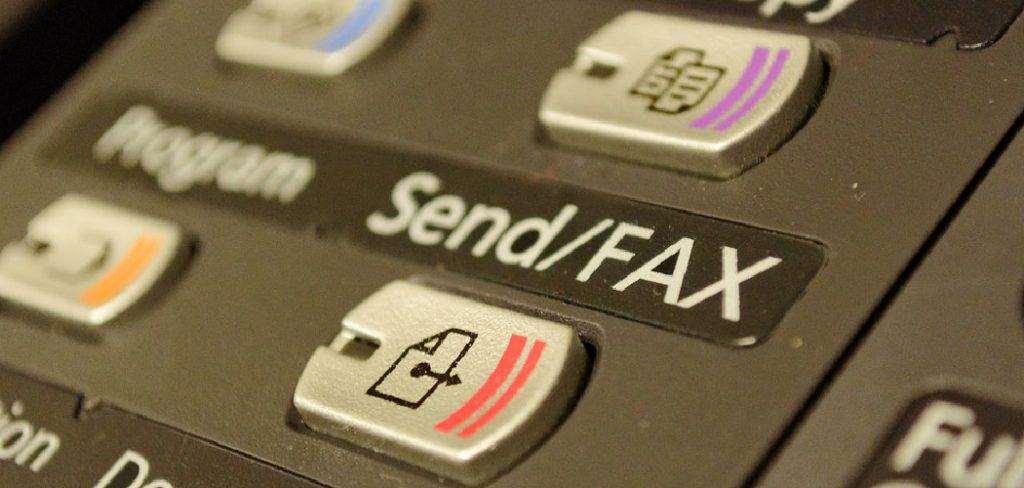
Understanding the Risks and Considerations
Security Concerns
When faxing a check, there are significant security risks to consider. The primary concern is the possibility of unauthorized access to the transmitted information, which can lead to fraud or identity theft. Since traditional fax machines may transmit documents over unsecured lines, anyone accessing the fax machine or its output could view sensitive information, including account numbers.
It is crucial to select a secure fax method, such as an encrypted online fax service, which can provide additional protection against interception. Furthermore, verifying the recipient’s fax number beforehand is essential to ensure that the check does not end up in the wrong hands; a simple transposition in the number can lead to disastrous consequences.
Legal Considerations
Faxing a check also carries various legal implications that should be understood. In many jurisdictions, a faxed copy of a check is generally considered a valid form of payment, provided that it meets specific criteria, such as being legible and containing all necessary information. However, the legal standing of faxed checks may vary from one region to another. Some industries or transactions may require the original physical check to be valid, while others may accept faxes as legally binding.
Reviewing relevant laws and consulting with legal counsel to ensure compliance and understand the enforceability of faxed checks in your specific circumstances is crucial. By being aware of these security and legal considerations, individuals can make informed decisions about how to fax a check safely and effectively.
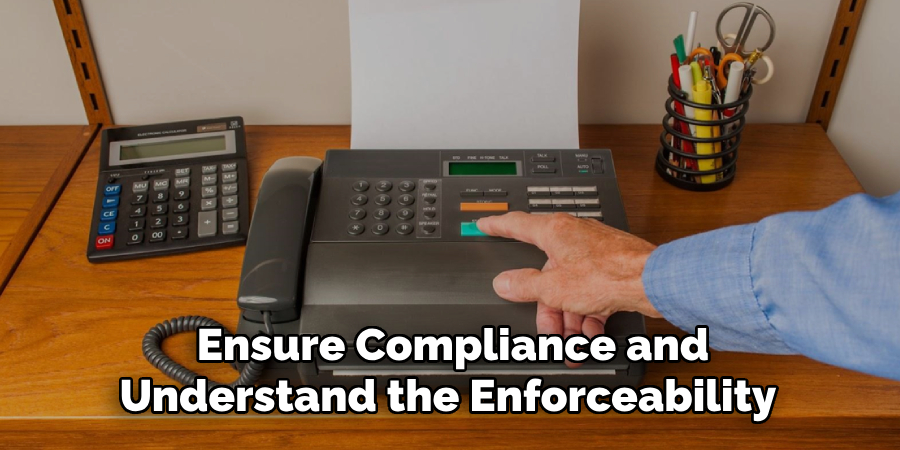
Preparing the Check for Faxing
Endorsing the Check
Before faxing a check, it is essential to endorse it properly to prevent unauthorized use. Start by signing the back of the check in the designated endorsement area. This signature confirms that you authorize the payment. Additionally, it is advisable to write specific instructions such as “For Deposit Only” along with the recipient’s account number to restrict how the check can be used. This step helps ensure that the check can only be deposited into the intended account, providing an extra layer of security against fraudulent activities.
Making a Clear Copy
Creating a clear and legible check copy is crucial for effective faxing. To do this, use a high-quality scanner or copier, ensuring that all important details, such as the check number, date, amount, and signature, are easily readable. Verify that the copy captures all check elements accurately, as any unclear sections could lead to processing issues or misunderstandings. A clear copy not only facilitates a smoother transaction but also reduces the chances of failure due to misreading or errors on the part of the recipient.
Covering Sensitive Information
Protecting sensitive information during the faxing process is of utmost importance. Before making a copy of the check, consider using removable tape or a cover sheet to obscure sensitive details, such as account numbers, that do not need to be shared. This precaution helps safeguard your personal and financial information from potential exposure or theft. After faxing, ensure you securely store or properly dispose of any printed copies of the check that may contain sensitive data. Keeping your information secure throughout the process contributes significantly to overall transaction safety.
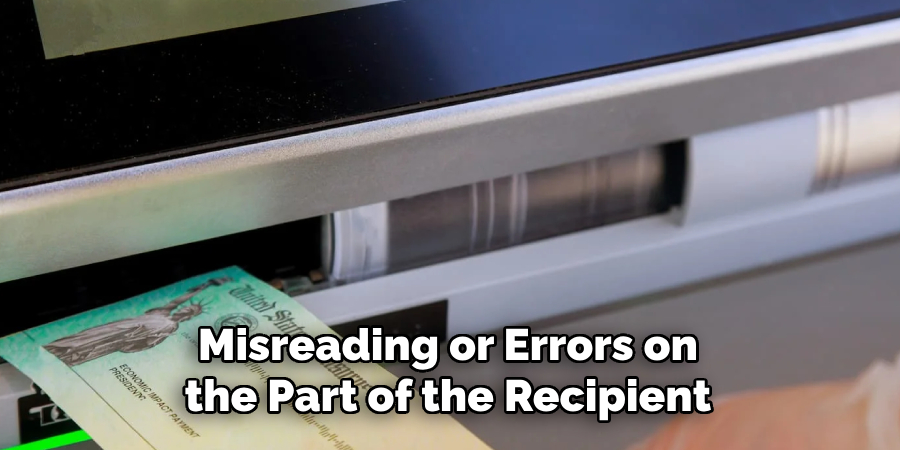
How to Fax a Check: Faxing the Check
Using a Traditional Fax Machine
Faxing a check using a traditional fax machine involves several key steps to ensure the process goes smoothly. First, begin by placing the endorsed check in the machine’s document feeder, ensuring that the printed side is facing the direction indicated by the machine (usually facing upwards). Next, carefully enter the recipient’s fax number on the keypad and double-check for accuracy to avoid misdirected faxes that could lead to potential fraud. Once everything is set, press the “Send” button and wait for the confirmation page to print, indicating that the fax has been sent successfully. It is essential to confirm that the fax transmission was completed without error.
Lastly, always utilize a secure and trusted fax line to reduce the risk of interception or unauthorized access, ensuring more secure transmission of sensitive information.
Using an Online Fax Service
Utilizing an online fax service can significantly simplify and secure the process of sending a check. First, take a clear scan of the endorsed check using a scanner or smartphone camera, ensuring all details are legible. Then, log into your chosen online fax service, which may offer encrypted options for additional security. Upload the scanned document to the platform and input the recipient’s fax number in the specified field.
After reviewing all details for accuracy, initiate the sending process by clicking the “Send” button. One notable advantage of using online fax services is that they often provide encryption during transmission, significantly reducing the risk of interception compared to traditional fax machines. This added layer of protection is crucial for safeguarding sensitive financial information.
Sending a Fax from a Computer or Smartphone
Sending a fax from a computer or smartphone offers a modern and convenient alternative to traditional methods. Start by using an app or software designed for faxing; many reputable options are available for both desktop and mobile devices. First, scan the check or take a clear photograph, ensuring it is well-lit and focused. Once you have the check image ready, open the fax application, select the option to upload a document, and attach the image. Input the recipient’s fax number along with any necessary cover letter details if required.
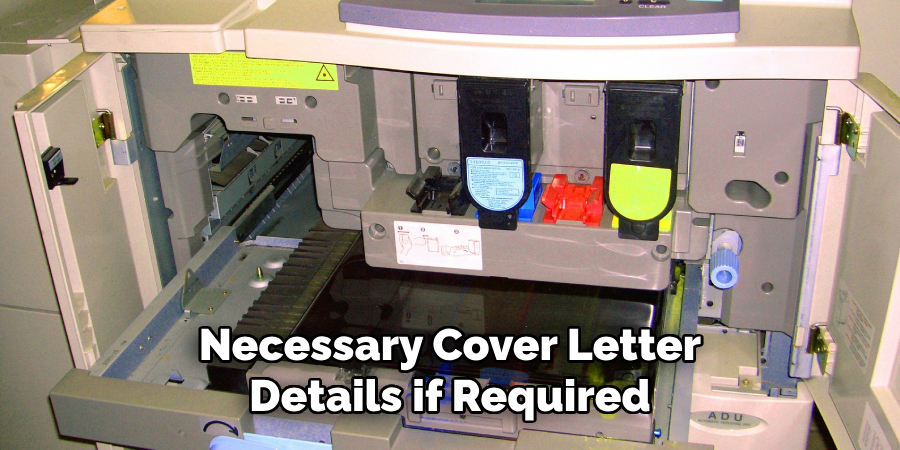
After reviewing all the information for correctness, tap the “Send” button to dispatch the fax. It is vitally important to ensure that the app or software you are using is reputable and secure, so check reviews and ratings to verify its trustworthiness. Using this method simplifies faxing and can enhance security through encryption features provided by many fax apps.
Verifying the Faxed Check
Confirming Receipt
After faxing a check, it is important to confirm that the intended recipient received it. One effective way to do this is by requesting a fax confirmation report, which serves as a record of transmission success. Alternatively, consider calling the recipient directly to verify receipt. Keeping a copy of the fax confirmation is crucial for your records, as it provides proof that the check was sent and can help protect against any potential disputes.
Ensuring the Check is Processed
Once you have confirmed receipt, follow up with the recipient to ensure that the check has been processed without any complications. It is essential to check that the faxed copy is clear and that there were no issues during the processing stage. If necessary, be prepared to send the original check by mail to resolve any discrepancies or concerns. These additional steps can help ensure a smooth transaction and avoid potential delays.
Alternatives to Faxing a Check
Electronic Check Payments
Electronic check payments, commonly called e-checks, offer a secure and efficient alternative to faxing checks. E-checks digitalize the payment process by allowing individuals to use their checking account information to initiate a transaction electronically. This method automatically transfers funds from the payer’s account to the recipient’s bank account, streamlining the payment process for both parties. E-checks can be used for various transactions, from bill payments to online purchases, making them a versatile option that eliminates the need for physical checks and reduces the risk of loss or fraud.
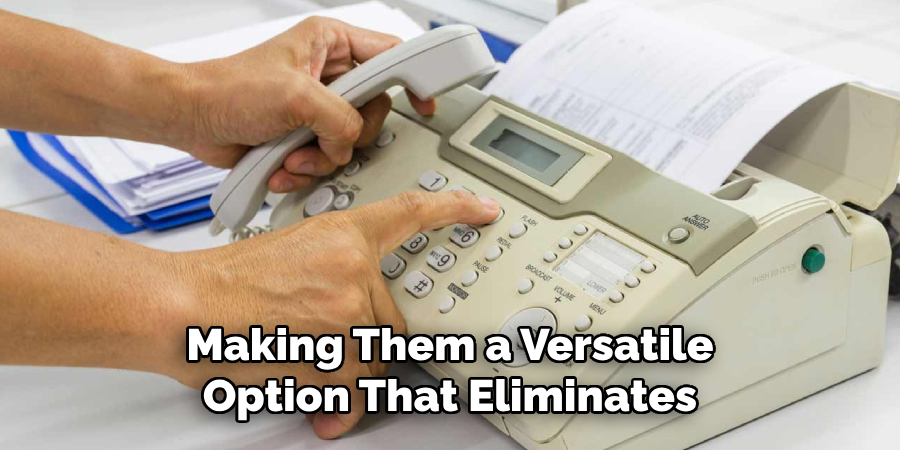
Mobile Check Deposit
Mobile check deposit apps provide a convenient solution for depositing checks without the hassle of faxing. Users can easily deposit checks by taking a clear photograph of the front and back using their smartphone camera through a banking app. After capturing the images, the user simply follows the on-screen instructions to enter the deposit amount and submit the check for processing. This method saves time and offers the accessibility to deposit checks from virtually anywhere, eliminating the need to visit a bank branch or deal with the uncertainties of fax transmission.
Mailing the Check
Mailing a check directly to the recipient is a traditional method used today. Though it may seem straightforward, it has its pros and cons compared to faxing. On the positive side, mailing allows for the delivery of the original check, which may be required in certain transactions. However, this method can take several days for delivery, subjecting the check to delays or potential loss in transit. Additionally, mailing checks carries inherent security risks, as they can be intercepted or tampered with, making it vital to use secure mailing options when choosing this method.
Best Practices for Security and Privacy
Using Secure Fax Lines
When faxing sensitive financial documents such as checks, it is crucial to use secure fax lines or encrypted online fax services to prevent unauthorized access to information. Ensure that the fax line is dedicated and not shared with others, especially in public environments where interception may occur. If using online services, choose those that offer end-to-end encryption to further secure the transmission of your check, protecting it from prying eyes.
Keeping Personal Information Safe
To safeguard personal and financial information during the faxing process, always double-check the recipient’s fax number to prevent sending sensitive information to the wrong person. Utilize a cover sheet that indicates the document’s confidentiality, which can help deter unauthorized viewers. After faxing, securely store or shred any printed copies of the check to minimize the risk of data breaches. Taking these precautions will significantly enhance the security of your financial transactions.
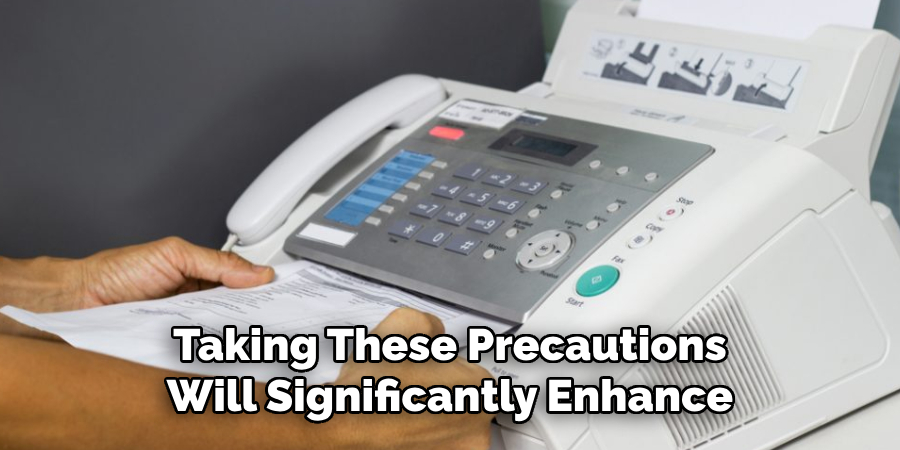
Conclusion
In summary, when learning how to fax a check safely, it is essential to follow a few key steps. Begin by preparing the check, ensuring it is clearly scanned or photographed, and using a secure fax method, whether that be traditional fax machines or encrypted online services. After sending the fax, take the time to verify that the recipient has received it, either through a confirmation report or a direct phone call.
Additionally, consider alternatives to faxing, such as electronic payments or mobile deposits, which can enhance both security and convenience. Always maintain transaction records; this documentation is crucial for your financial safety. With the right precautions, faxing a check can be a safe and effective way to complete transactions, especially when other methods are unavailable. By staying vigilant and informed, you can confidently navigate the faxing process.

